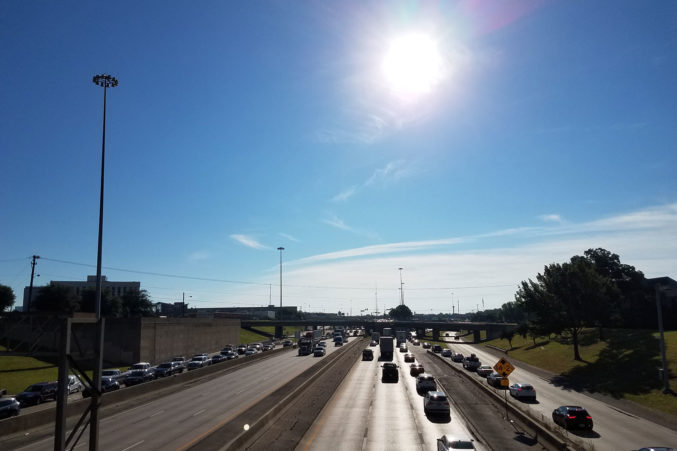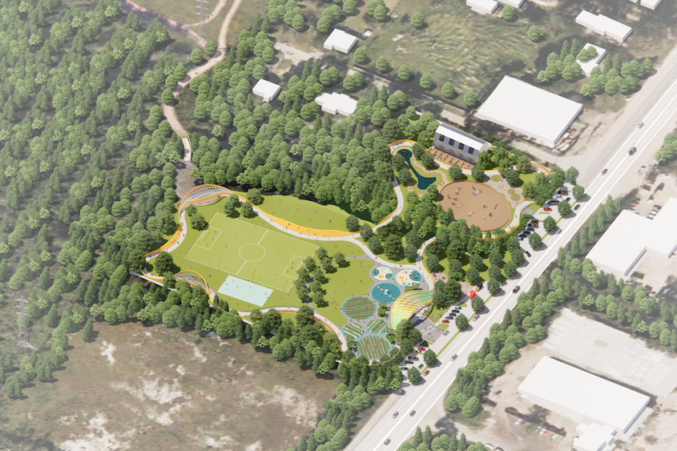Editor’s Note: Over the next few weeks, D will publish a series of stories looking forward to policy, programs, and projects we’ll be watching in 2022. Next up is how Dallas uses money from the infrastructure bill. Find the other stories here over the holiday.
If lack of money correlates with lack of vision, the next 10 years are going to be an interesting case study for American cities. The $1.2 trillion infrastructure bill was signed into law about a month ago, and cities have already started making their pitches.
Mayor Eric Johnson joined that crowd this month, writing a letter to U.S. Transportation Secretary Pete Buttigieg that laid out his priorities: sinking Interstate 30 through East Dallas to stitch the neighborhoods together, investing in whatever comes of Harold Simmons Park, and helping fund infrastructure and programs that eliminate traffic deaths. (That’s known as the global initiative Vision Zero.)
All this federal money has the potential to supercharge local governments. It follows an infusion of $377 million Dallas received in stimulus dollars, which the city baked into the budget to start building new sewer and water infrastructure, expanding broadband, and fixing 1,700 miles of streets. (And a few sidewalks.)
But Johnson is right to get in early on this new money. This is different. Over the next five years, federal agencies will receive $550 billion to disperse to state and local governments. This summary from the Brookings Institution lays out what’s about to happen:
Federal agencies like the Departments of Transportation and Energy have the enormous responsibility to implement the law, standing-up new programs and finding safe ways to quickly get money out the door. State and local officials carry an even greater burden. As the owners and operators of most infrastructure, they must design and build new assets, hire more workers, and even mobilize their own financial resources.
Brookings says this is a “building spree larger than what happened during the New Deal.”
The mayor’s priorities are strategic, targeting pools of dollars that are allocated for specific projects. As I detailed last week, $110 billion will go toward roads and bridges, $11 billion goes to safety initiatives, and $1 billion is aimed at connecting communities.
A White House analysis expects Texas to receive $35 billion from the bill over the next five years. The vast majority of that will go toward road improvements: $26.9 billion for “federal-aid highway apportioned programs” and $537 million for bridge replacement and repairs. Another $3.3 billion will pay for public transit improvements and another $100 million for broadband expansion.
Gov. Greg Abbott has already warned state agencies to “carefully assess implications” from accepting or soliciting the money. Which may signal that cities and local governments need to get their priorities in order now, particularly when it comes to some of the safety initiatives. Saving lives will almost certainly require redesigns of streets that discourage high speeds.
Of course, none of this happens in a vacuum. Dallas will need to collaborate with state and local partners, in particular the North Central Texas Council of Governments, the Texas Department of Transportation, and Dallas Area Rapid Transit.
But if city planning has long been kneecapped by a lack of funding, well, here we are. The mayor noted in his letter to Buttigieg that Dallas has the second highest fatality rate of the largest 15 cities in the country.
We know what to do—now let’s get this money and do it.
Author







